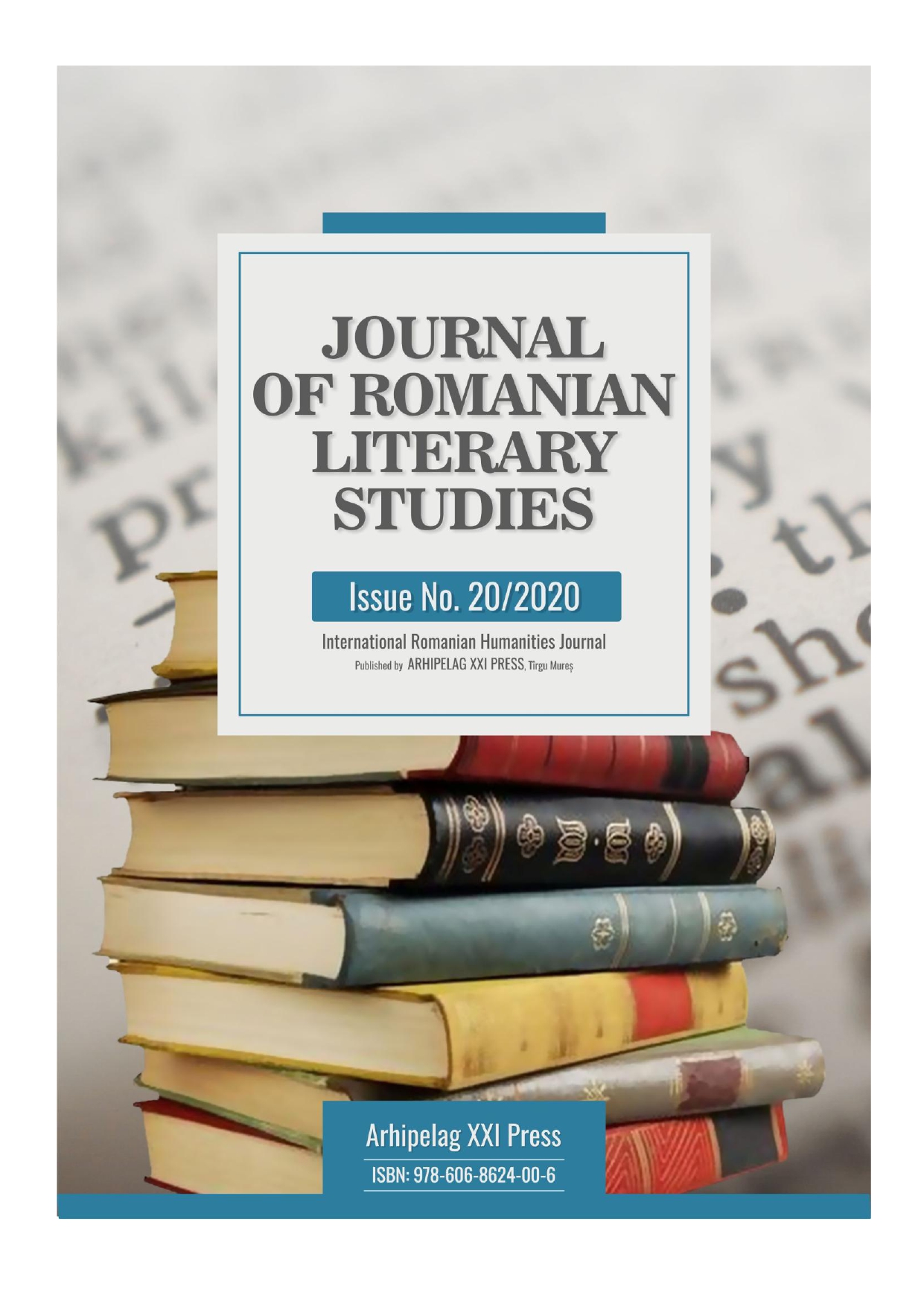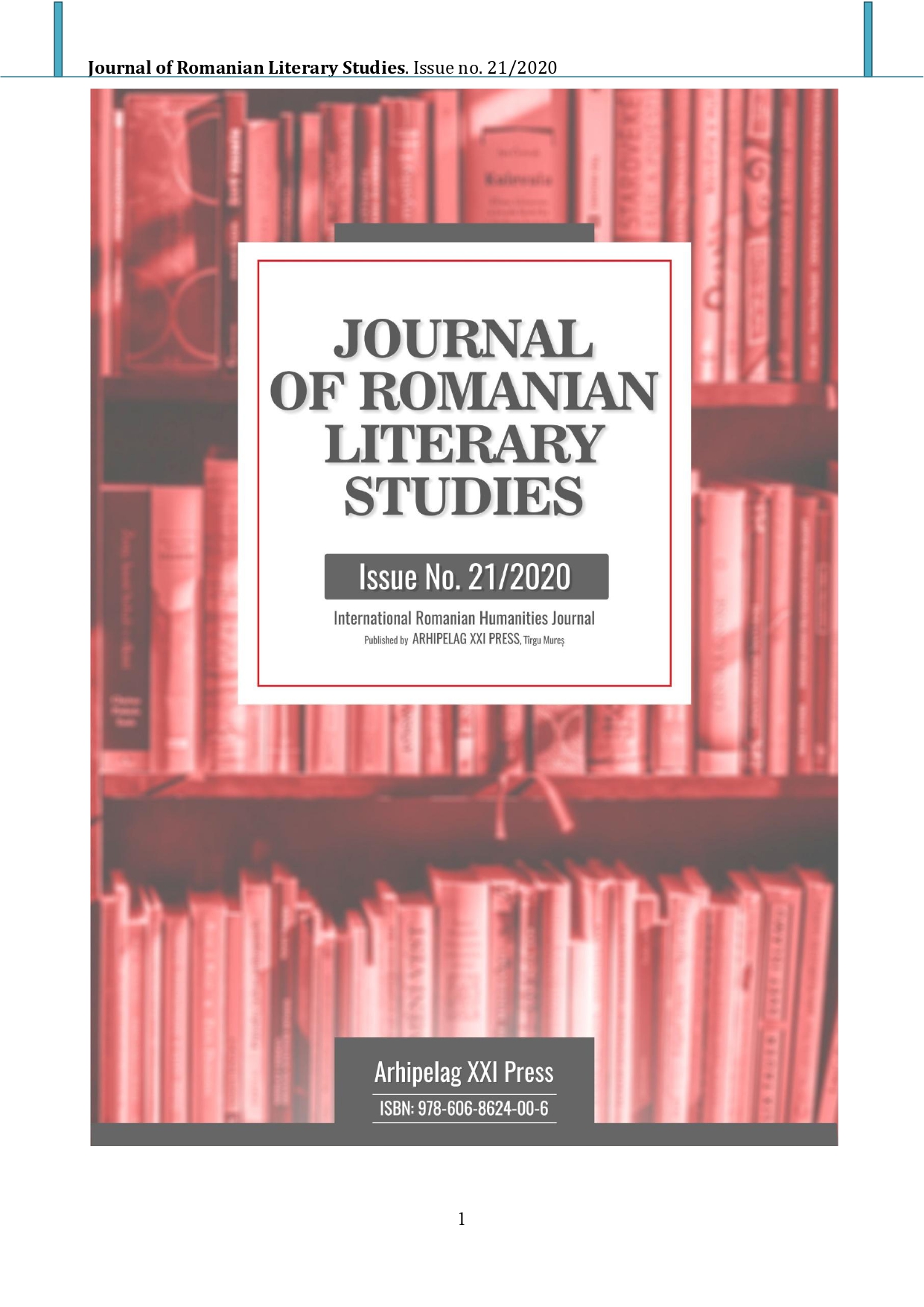
A PSYCHO-PASTORAL APPROACH OF THE MEANING OF 'A CHRISTMAS STORY' BY PAULO COELHO
Known to lovers of written and unwritten word, read or reread, understood or misunderstood, applauded or hollowed out, known or unknown, Paulo Coelho (n. 1947) remains and is a landmark of what is represented today in literature, the story, the storyteller being the author Brazilian. Making his own way to Santiego de Compostella, the joy and affective feeling, Paulo Coelho confesses to us every year, giving us a Christmas Story, which reminds us to be kind, altruistic, tolerant, accepted and close to those for who a simple gesture, smile, comfort or embrace breaks barriers, releasing the emotion of dedication and blessing.In this context and starting from the idea of approaching the author and from the perspective of his message with the burden of the psycho-pastoral mark, The Christmas Story undoubtedly refers to all that is good in us, giving us the chance and the opportunity to discover and rediscover the magic of winter holidayswhile being stardust and the Milky Way.
More...
